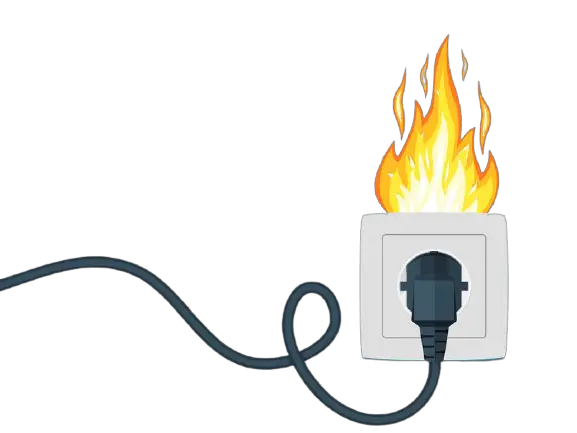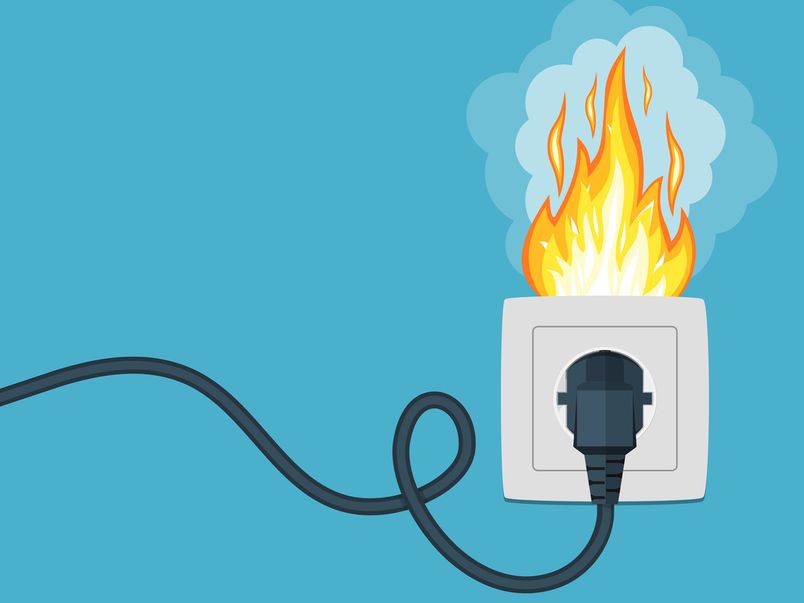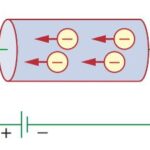People primarily rely on electricity to go about their day in this modern age. However, many underestimate the risks involved when it comes to electrical energy. The United States Consumer Product Safety Commission reports that 31,000 home electrical fires arise each year. With over 180 electricity-related cases reported annually, electrical safety has become too important to ignore.
Here are some signs of a potential electrical hazard as advised by the safety commission:
- Dimming or flickering lights
- Sizzle or buzzing sounds
- The smell of burning plastic
- Plugs with a loose receptacle
- Flashes or showers of sparks
- Hot switch plates and outlet covers
- Fuses burn out, or circuit breakers need frequent resetting
You can equally balance the superior benefits of electricity by its potential to cause injuries. Many people are unaware of the amount of electricity that flows through their properties and the risk involved in any electrical malfunction.
Thankfully, you can make certain precautions to avoid electrical accidents in your home or business. This informative guide will guide you with everything you need to know about electrical safety.
Types of Electrical Hazards
Electricity is widely recognized as a severe hazard, whether at home or office. The cause of electrical incidents usually varies; however, further studies revealed that the underlying reason for such incidents is a combination of three primary factors, including unsafe work equipment, environment, and practices.
You can identify faulty electrical equipment and installations by checking for any signs of damage such as improper grounding, loose connections, defective parts, unguarded live parts, etc. Unsafe working conditions primarily revolve around employees working with hazardous materials, including flammable vapors, liquids, or gases, and working in areas with a corrosive atmosphere and humid regions.
The human body is an excellent electrical conductor, so people are more conductive than the ground. Injuries happen when people become part of the electrical circuits, and each damage can occur in various ways:
- Shock – Electric-powered shocks occur when the human body becomes a path through which electrons can pass. The effect may either be direct or indirect.
- Burns – Burning injuries happen when a person has direct contact with improperly installed electrical wires or equipment. This type of injury usually occurs on the hands.
- Arc-Blast – Arc blasts result from high temperatures from high voltage current arcing through the person’s immediate surroundings. Several factors cause arc blasts, but the most common ones were when two energized points contact and worker incidents caused by faulty equipment and wiring. There are three primary risks involving arc blasts: thermal radiation, pressure wave, and projectiles.
- Explosions – Explosions occur when electricity provides an ignition source for nearby explosive materials. Electrical ignition usually comes from overheated conductors, equipment, or normal arcing (sparking) at switch contacts. Due to the severity of explosion accidents, the National Electrical Code and OSHA have specific requirements for electrical systems in explosion-prone areas.
- Fires – Electrical accidents usually lead to fires in the home and workplace. One of the significant causes of electricity-related fires is defective and misused electrical equipment or appliances.

While the number of electrical-related injuries has dramatically declined in recent years, direct contact with electric current still poses a significant risk to people at home and in the workplace.
Rules of Electrical Safety
The National Fire Protection Association indicates that damaged wiring and fault electrical equipment cause 69 percent of electrical fires, followed by extension cords, fixtures, and otter power supplies. You can significantly reduce the risk of fires by following these safety precautions.
#1: Temporary Cables
- Use short-term wiring for maintenance, repair, or demolition activities.
- Limit ornamental lighting during the holiday season.
- Only use proper external wiring and extension cables.
- Don’t install temporary wiring under your flooring or through the walls.
- Remove any objects with sharp edges near the temporary wiring and route them in areas away from direct heat and sunlight to avoid insulation breakdown.
#2: Extension Cords
- Thoroughly examine extension cords for damaged connectors, broken insulation, and missing hardware.
- Avoid routing extension cords through the walls, over joists, and through entry points.
- Utilize portable extension cables with proper ground-fault circuit interrupter gadgets.
- Discontinue using coiled extension wiring.
- Immediately dispose of damaged extension cords and don’t try to repair them.
- Use only surge-protected power strips. Don’t forget to regularly examine the power strips for any damages or indications of overloading.
#3: Electrical Cords
- Check equipment’s cords for signs of damage before and after use.
- Unless your equipment is double-insulated, do not risk using power cords without a ground connection.
- Never interlace power cords to repair damage or extend their original length.
#4: Proper Installation
- List down the purpose of each circuit breaker, fuse, or switch on the panel board.
- Label all disconnecting switches and circuit breakers.
- Consider upgrading outdated circuit breakers.
- Ensure sufficient access and working space around all electrical equipment for safe operation and maintenance. You also need to ensure to use pieces of equipment that encourage safety, such as installing telescoping poles when working on the roof.
- Always cover exposed and unused electrical openings with proper electrical enclosures and fittings.
#5: Regular Inspection and Maintenance
- Thoroughly check each electrical appliance to ensure that their electrical grounding.
- Permanently remove or replace frayed electrical cords and shut the primary power off while doing so, especially when replacing fuses.
Electrical safety must be paramount in every household and workplace. From powering your appliances to lighting your property, electricity is a valuable and essential necessity for everyone. By understanding the hazards involving electricity and the precautions you can undertake, you can protect your precious investments.






